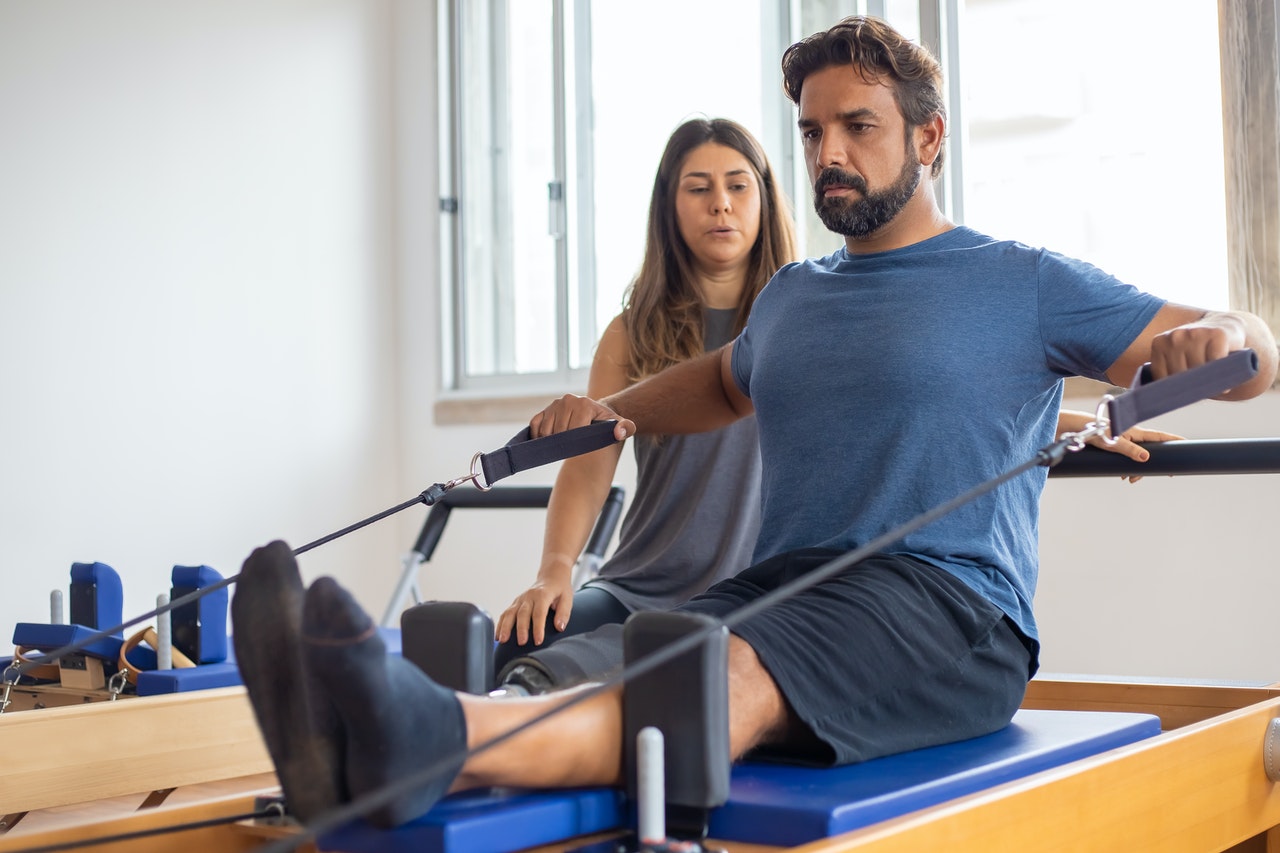Many physical therapists recommend regular visits to help avoid injury. Just as seeing a medical doctor annually can help keep you on top of your overall health, so can seeing a physical therapist keep you on top of your fitness goals. A good physical therapist can also assist in creating workout routines that are right for your body type, fitness goals, and medical history. And of course, seeing a physical therapist can be absolutely crucial when you’re recovering from a physical injury.
In all 50 states and the District of Columbia, you do not need a doctor’s referral to visit a physical therapist, but some insurance plans still require you to obtain a referral before they will cover physical therapy. In addition, in many states, a physical therapist may only provide treatment for certain conditions over a certain period of time. Consult your insurance plan and speak to your doctor; your doctor may be happy to refer you. If you’ve been injured, you will often be referred to a physical therapist as a matter of course, to complete your healing.
Depending on your injury and overall health, physical therapists have several treatment options to choose from. If you’ve suffered a muscle or joint injury, two techniques your physical therapist might choose from are IASTM and Astym. Here you can more about these techniques and how they compare.
What is IASTM?
IASTM, which was developed in the 1990s, is an acronym for “instrument-assisted soft tissue mobilization.” When physical therapists choose this technique, they use smooth-edged, metal tools that aid with compression when massaging soft tissue, such as the skin, muscles, tendons, and fascia, the connective tissue beneath the skin. The aim of IASTM is to break down fascial restrictions and scar tissue.
In order to achieve its aim, IASTM causes a small amount of trauma to the soft tissues involved. The bruising that results stimulates the healing process as blood flow to the treated area increases. This means scar tissue ends up being reabsorbed into the body while injured soft tissue ends up being rebuilt into healthy tissue.
Benefits of IASTM
For physical therapists, IASTM allows for more precision in locating the injured soft tissue. This is because the sensations transmitted through the metal instruments that are used in IASTM are more exact than what therapists can feel using their hands alone. The instruments used in IASTM also allow therapists to apply deeper pressure without injuring their hands. IASTM is used by therapists to treat neck pain, plantar fasciitis, carpal tunnel syndrome, non-acute bursitis, back and hip pain, shin splints, and muscle and ligament strains.
For the patient, IASTM has been found to have benefits at the cellular, nerve, and vascular levels, according to Physiopedia. The nonprofit cites research studies in which IASTM therapy has been shown to improve range of motion, increase strength, and decrease pain. The injuries involved in these studies were to the ankle and knee.
What is Astym?
Astym is similar to IASTM in that it also uses tools for massaging soft tissue, with the goal of restoring movement, reducing pain, and promoting tissue regeneration. The Astym technique was developed by a company called Performance Dynamics, which was founded by researchers from Ball State University and Indiana University. The company also provides a paid certification program and offers marketing support to physical therapists who use its products.
Benefits of Astym
Astym’s benefits are similar to those of IASTM. Astym claims to help rebuild injured soft tissues into healthy ones. It also claims to help improve range of motion, decrease pain, and increase strength. To substantiate these claims, the Performance Dynamics website lists more than 30 peer-reviewed articles investigating treatment with Astym on conditions ranging from carpel tunnel syndrome to tendinitis to knee fracture and more.
How do IASTM and Astym compare?
IASTM and Astym are similar in technique, and they are also similar in their results. In a study published by the Journal of the Canadian Chiropractic Association, IASTM was shown to have a significant effect on improving joint range of motion. This study reviewed articles reporting on the use of IASTM for tendinitis, carpel tunnel syndrome, myofascial trigger points, shoulder injury, quadriceps and hamstring injury, ankle weakness, and kneecap pain.
Similarly, in a study published by the Annals of Translational Medicine, Astym was also shown to improve range of motion. This study reviewed articles reporting on the use of Astym for various knee injuries, shoulder and elbow injuries, hamstring injuries, and ankle and Achilles tendon injuries. Because range of motion was improved in all these cases, the ability to function normally also improved.
If you’re interested in either Astym or IASTM, talk to your physical therapist about these techniques and ask if they would recommend either technique for your condition. In addition, be sure to ask your physical therapist if they are certified to provide these techniques and what training they’ve undergone.

